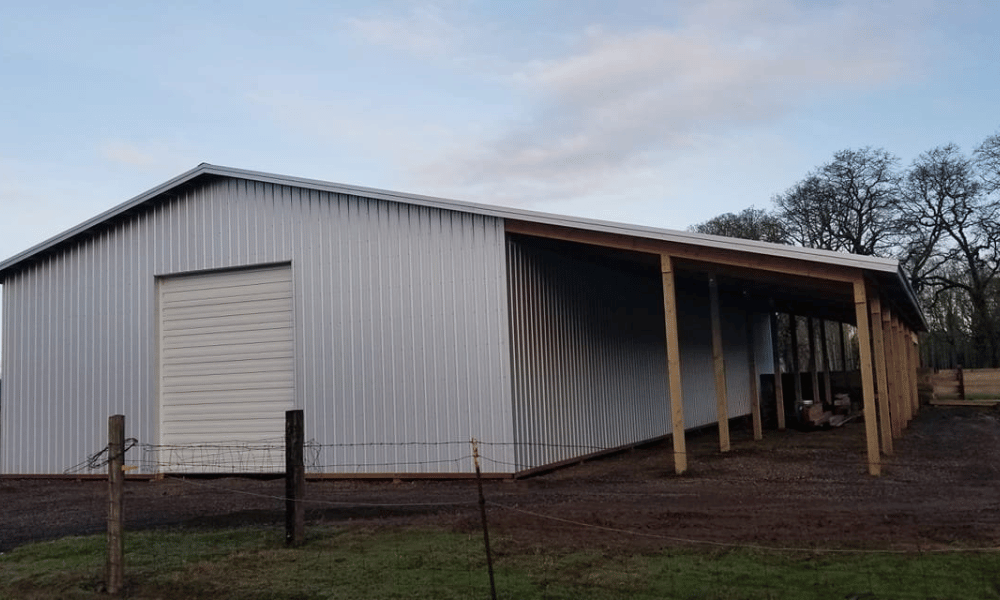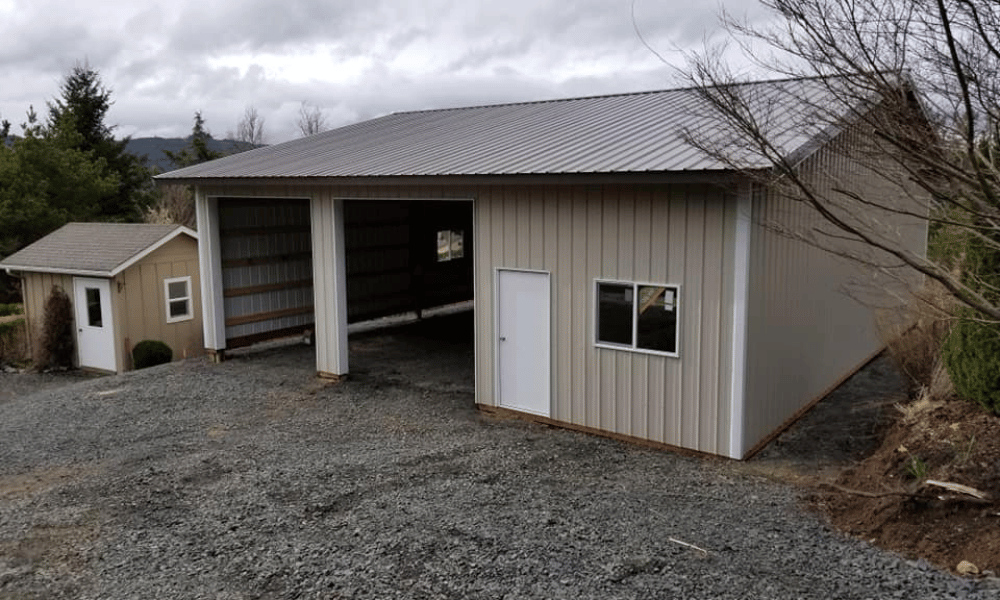Introduction
Have you ever been caught in a dilemma between choosing a pole structure for your hobby or sticking to the traditional garage space? The world of home improvement and personal projects has evolved tremendously over the years. While traditional garages have their charm, pole buildings have emerged as an exciting alternative that’s capturing the hearts of hobbyists everywhere. In this article, we will dive deep into the fascinating comparison between pole structures for hobbyists and traditional garage spaces, exploring their advantages, disadvantages, and how they fit into the lives of enthusiasts who crave both functionality and creativity.
Understanding Pole Buildings
What Are Pole Buildings?
Pole buildings, also known as post-frame buildings, are structures built using large poles buried in the ground to support the roof and walls. This construction method allows for vast open spaces without load-bearing walls, making them particularly appealing for a variety of uses.
The Anatomy of a Pole Structure
Foundation: Unlike conventional buildings that rely on concrete slabs or deep foundations, pole barns can be constructed directly on compacted soil.
Frame: The frame consists of vertical posts made from treated wood or metal that provide stability to the structure.
Roofing: Usually pitched, pole barn roofs allow rain and snow to slide off easily, which is vital in regions with heavy precipitation.
Walls: Typically clad in metal or wood siding, these walls can be customized according to needs.
Why Choose Pole Structures?
Cost-Effective: Generally cheaper than traditional buildings due to less material use and labor costs.
Customizable: These structures can be tailored to fit any hobbyist's needs—whether it’s woodworking, crafting, or even vehicle storage.
Quick Construction: The simplicity of pole building design allows for faster assembly compared to traditional garages.
Traditional Garage Spaces Explained
The Classic Garage Design
Traditional garages are typically made from concrete blocks or wood framed with a solid foundation and often equipped with a garage https://rentry.co/sonyhnzp door. They serve primarily as storage for vehicles but can also double as workshops or storage spaces.
Components of a Traditional Garage
Foundation: A concrete slab provides stability and durability.
Frame: Typically framed with timber or steel to create load-bearing walls.
Roofing: Generally flat or pitched roofs made from shingles or metal materials.
Doors & Windows: Equipped with garage doors for vehicle access and windows for light ventilation.
Benefits of Traditional Garages
Security: With solid walls and secure doors, traditional garages offer more protection against theft.
Climate Control: Easier to insulate compared to pole structures; hence better suited for sensitive equipment.
Established Norms: Many homeowners are already familiar with garage layouts and designs.
Pole Structures for Hobbyists vs Traditional Garage Spaces
When deciding between pole structures and traditional garage spaces, it's essential to consider various factors such as purpose, budget, space availability, climate conditions, aesthetics, and more.
Space Utilization Comparison
Pole Structures: With their open floor plans free from internal supports, they allow maximum flexibility in organizing tools and equipment according to hobbies like woodworking or crafting.
Traditional Garages: The layout is typically fixed by internal walls which might limit your ability to customize your workspace effectively.
Cost Analysis
| Feature | Pole Structures | Traditional Garages | |-----------------------|-----------------|----------------------| | Initial Investment | Lower | Higher | | Maintenance Costs | Moderate | Higher | | Insurance Premiums | Lower | Higher |
Conclusion: If you’re looking at cost-effectiveness without sacrificing functionality—pole structures might just be what you need!
Potential Drawbacks of Each Option
Limitations of Pole Structures
While there are many benefits associated with pole structures used by hobbyists:
Less Security: They may not provide the same level of security against break-ins compared to solidly built garages.

Heat Regulation: Insulating a pole structure effectively can be challenging depending on its construction materials.
Zoning Regulations: Depending on where you live, there may be strict regulations about pole building constructions versus conventional garages.
Challenges Faced by Traditional Garages
Conversely:
Higher Costs: The initial investment is usually higher due to labor-intensive construction processes.
Limited Space Flexibility: Fixed walls restrict changes in layout compared to open-pole designs.
Longer Build Time: Due to complexity in design and construction techniques involved in building traditional garages.

Applications Beyond Hobbies
While we often think about hobbyists when discussing these two types of structures:
Commercial Uses of Pole Buildings
Agriculture: Used extensively in farming for equipment storage or livestock housing.
Warehousing: Great options for businesses requiring significant storage space at lower costs than commercial buildings.
Versatile Uses of Traditional Garages
Home Offices: Many people convert part of their garage into an office space due to proximity yet separation from home life.
Fitness Areas: Turn your garage into a gym without needing extensive renovations.
Making Your Decision
So how do you choose between these two options? Here’s a handy checklist!
1) Assess Your Needs
What do you plan on doing in this space? Storage? Work? Play?
2) Evaluate Your Budget
Consider both short-term expenses (construction) and long-term costs (maintenance).
3) Think About Location
Can you easily access your new structure? What zoning laws exist?
Frequently Asked Questions (FAQs)
1) What are the primary benefits of building a pole structure?
The primary benefits include cost-effectiveness, customization capabilities based on personal projects/hobbies/needs among others.
2) Are pole barns suitable for all climates?
Yes! However, proper insulation is crucial if you're in areas that experience extreme weather conditions.
3) How long does it take to build a pole barn?
Typically much quicker than traditional garages—most can be completed within weeks depending on size and complexity!
4) Can I convert my existing garage into a workshop?
Absolutely! Many people repurpose their garages creatively through partitioning while maintaining vehicle access.
5) Do I need permits before constructing either option?
This varies by location—always check local regulations before commencing any construction work!
6) What maintenance do both require?
Both require routine checks; however—pole structures may need regular inspections concerning wood treatment against pests while traditional garages may require upkeep related primarily toward roofing/walls.
Conclusion
Choosing between “Pole Structures for Hobbyists vs Traditional Garage Spaces” ultimately boils down to individual preferences regarding usage patterns alongside available resources such as time/money etc.. By weighing up these considerations carefully—you’ll find yourself well-equipped not only physically but mentally too—to embark upon whatever adventure awaits you next!
In summary—both options offer unique advantages tailored towards different lifestyles & needs so take some time reflecting upon what serves YOU best moving forward!